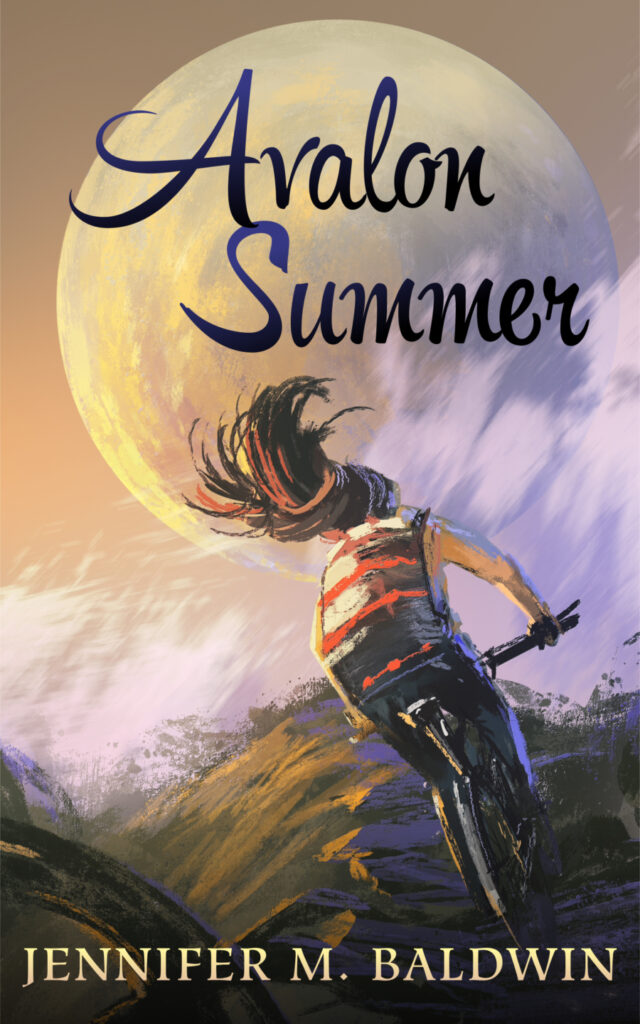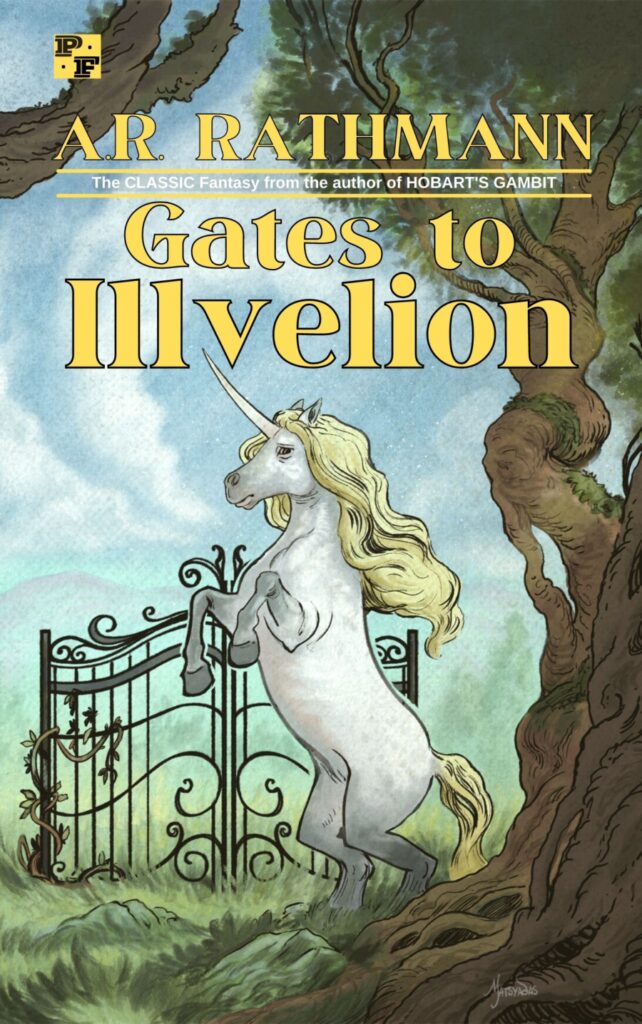I’ve been trying to Kondo my stuff for over a year. This is partly because I have too much stuff and want to minimize, partly because all my stuff is making it hard for me to keep a (relatively) clean house, and because clutter and an unclean house give me anxiety. I’m also doing it because I want my husband and children to perhaps see my example and follow suit. I’m hoping our house in general can become tidier and therefore more comfortable.
I don’t need a house that is uber-minimalist, not by any means. I like piles of books stacked up on desks and shelves. I like random sticky notes stuck all over the place and tons of kiddo art hanging from the refrigerator. I like that we have an art room that is messy and an art shelf that is wonderfully helter-skelter. But what I don’t like is the feeling of my stuff closing in and creeping all around me like a black pudding. I want to be able to breath. And to dust a room without having to lift fifty million things.
So I’ve been Kondo-ing, but it’s going slow. I did the clothes pretty easily, but then I’ve never been particularly attached to my clothing. Books weren’t hard either because I basically kept everything. (Okay, that is an exaggeration, but honestly, I didn’t get rid of many books. They are the objects that “spark” the most joy.)
Paper — the category Marie Kondo says is the easiest — has proven to be the hardest so far. This has to do with the fact that I have a lot of drafts of my writing sitting in boxes, and notebooks from years past, and old magazines and cut outs that I plan to use one day for… something (maybe making zines?), so it’s not just a matter of shredding a bunch of old credit card statements and outdated bills. Also, my kids make art at an incredible level — and they often refuse to throw any of it in the recycling box — so we have boxes and boxes of their drawings and art projects. I want to keep some of their things for sentimental reasons, yes, but honestly, most of it needs to go. I feel bad though because this project was supposed to be about tidying my own stuff, not my kids’. Nevertheless, if I’m going to have any sanity, I need to tidy some of their artwork. Remember, for me clutter = anxiety.
So it’s back to the old grindstone, trying to sort my way through all these papers.
The latest installment of The Convivial Society newsletter couldn’t have come at a better time now that I’m rededicating myself to Kondo-ing. In this issue, Sacasas explores the way our economic system and society program us to want and need more and more stuff, and while our culture is perhaps very good at providing for our material needs, it’s less good at satisfying immaterial needs:
This is one of the most perverse effects of contemporary society. People need food, water, shelter, etc. These are, of course, material needs we cannot do without. Profound suffering accompanies their absence. But there are other critical needs which are nonmaterial in nature and thus cannot be simply manufactured and distributed. Your list and mine of what these might be will differ in the details of the enumeration, but I suspect we would both agree that such needs exist and that their absence also entails profound suffering. Material deprivations manifest materially. You can see when someone is being starved. Nonmaterial deprivations typically manifest non-materially. Someone who looks perfectly healthy may bear a crushing load of loneliness, desperation, or anxiety. I would argue that while modern societies may be particularly adept at the satisfaction of material needs (4), they are also structured so that nonmaterial needs are more likely [to] go unmet. These two tendencies are not unrelated. The relative degree of success on the material front depends upon conditions that undermine the satisfaction of nonmaterial needs.
The newsletter goes into much more depth than I’m quoting here, but what struck me about it was that even though I don’t think of myself as being particularly materialistic, my family’s life is still very much centered around material goods. My kids have a woeful amount of toys, so much so that they have taken over the living room. My husband and I buy entertainment-based stuff all the time: board games, role-playing games, gadgets, gear, books, DVDs, CDs, LPs, etc. I tell myself it’s okay to buy these things because these are the things we like, these are the things that “spark joy,” but what if I asked myself a different question? What if I asked myself whether this new CD or record album or book was necessary to my happiness?
I’m quite confident that my answer, in almost every instance, would be “no.” No, I do not need that CD or record album or book to be happy. I can find joy without it. In fact, we have so many books and CDs and records we’ve never even read or listened to that we could probably spend the rest of our lives just making our way through the stuff we already have. And on top of that, we could probably spend the rest of our lives making our own music and telling our own stories and not consuming anyone else’s at all. My husband and I can both play several instruments. We have musical instruments all over the house. We both love storytelling (and related pursuits like puppetry). We could entertain ourselves and our kids without any consumer products at all (as wonderful as many of them are).
But are we willing to live that kind of austerity? And if not, why not? Is it because when we feel an urge for something new, we know we can satisfy it, and there’s nothing really stopping us? How can we stop ourselves when the newest gadget or gear is just a click away?
My desire for more tidiness is one such antidote to the accumulation of stuff, but as a family, we don’t live an anti-materialist life. We — all of us, myself included — accept the default of our economy which is that if you can afford it, there’s nothing wrong with satisfying your desires by getting something new. After all, that newest DCC RPG product looks fun and we love to play role-playing games, so why not? After all, listening to music is fun and we’ll spend hours listening to that new Fleet Foxes album, so why not? I’m not even saying these products are bad or unworthy of purchase, but when we already have a lot of stuff, are they really necessary? Why aren’t we content with the DCC RPG stuff we already have? Why aren’t we content with listening to the four Fleet Foxes albums we already own?
The lure of novelty, of newness, as well as the fear of missing out, are strong pulls on our desire. Austerity and self-denial do not come easily. You’d think, since we’re Catholics, we’d be pretty good at self-denial, and I guess we are when it comes to things like Lenten sacrifices and no meat on Fridays, but when it comes to the things we really love — the books, and music, and games — then it gets a lot harder to deny one’s wants and be content with what one has.
I have no answer to give. I’m lost in the muddle of trying to declutter and minimize my stuff, but I don’t know if I’m ready to stop buying. Of course, I have to buy some things — food, clothing, toilet paper — but can I call a moratorium on buying entertainment products? Can I spend a year without buying a new book or a new game? Can I spend the next ten years?
After all, we have these places called libraries. I can always just check out books I want to read. I can check out DVDs too. And we have enough role-playing stuff already in our possession to last a lifetime.
In many ways, our desire for more stuff inhibits our ability to create. There’s nothing stopping us from making our own music or inventing our own games. There’s nothing stopping us from even making our own movies.
But of course, creating and consuming are two different activities, and they do fulfill two different needs. There’s input and output, after all. But nevertheless, perhaps we need to do more output to balance the scales.
Again, I’m not sure of the answer. I know I want to reject consumerism as much as possible and help my kids to do the same, but I also know how weak and flawed we are as humans. I suppose all I can do is try. I can keep Kondo-ing, and I can keep resisting the urge to satisfy my every entertainment whim. I can invite my children to create more and consume less. I myself can create more and consume less.
I can try saying, “‘That’s enough, thanks,'” to myself and to the marketplace. I have to believe it will be worth the effort.
 The 1980s spilled into the early 90s.
The 1980s spilled into the early 90s.

